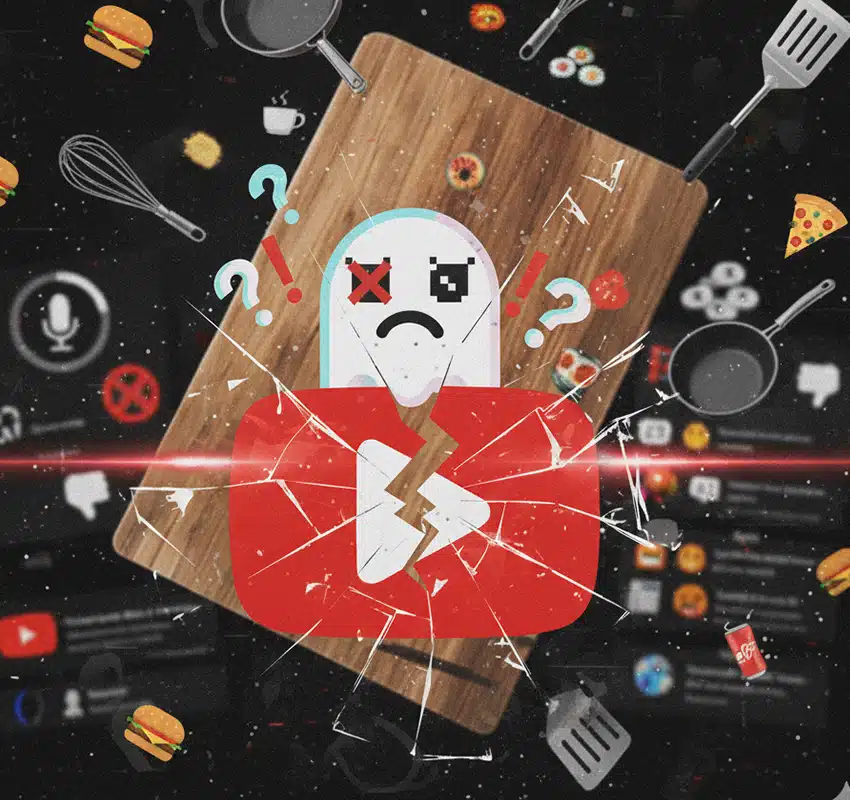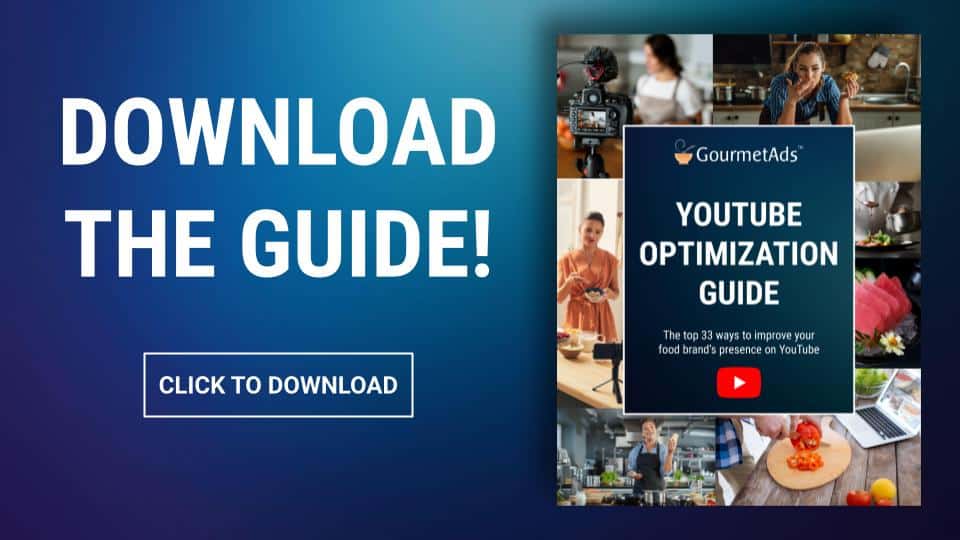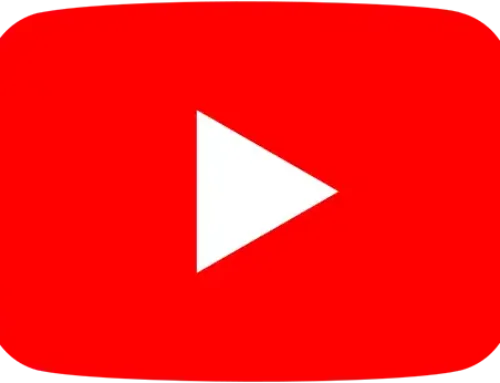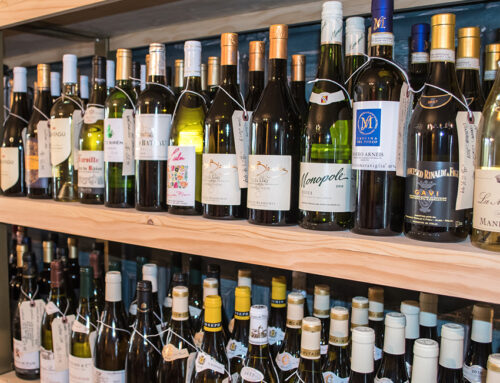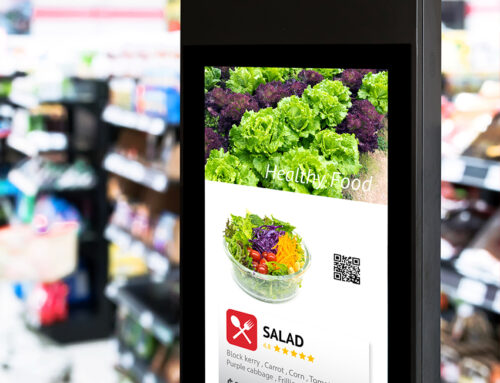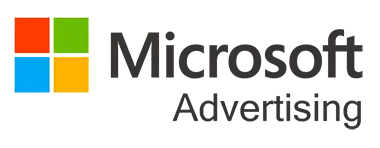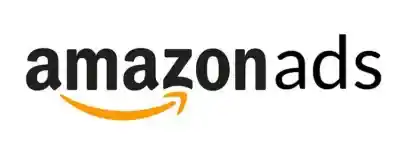How Food Brands Can Improve Youtube Channel Performance
YouTube shapes how shoppers discover new foods, learn cooking techniques, and decide what to buy next. It influences meal planning and brand loyalty like no other channel. As a platform, YouTube offers creators and brands powerful tools to reach audiences, monetize content, and build lasting engagement. Yet many food and grocery brands still treat YouTube as an afterthought or simply store TV commercials there without a strategy.
Launching a successful YouTube presence requires thoughtful planning, clear positioning, and consistent execution. High-quality content is essential, but so is optimizing the channel for search visibility and viewer engagement. Creators and YouTubers must learn from common pitfalls and best practices to ensure sustainable growth and avoid setbacks. Understanding what your audience cares about helps build trust and watch time, which are crucial signals for growth.
The good news is that by avoiding the most common mistakes, food brands can accelerate channel performance and turn YouTube into a genuine driver of market share. Below are the five critical issues most food brands face, supported by proven channel setup, content creation, and growth strategies that work. Learning from other YouTubers and industry leaders can help even beginners avoid common pitfalls and set a strong foundation for success.
1. Never Posting New Content
New viewers always notice when your YouTube channel last published a video. When there is no recent activity, they assume your food brand is inactive. A quiet channel feels like a product left on the shelf too long.
Here is what we found:
- Only 11% of food brand’s YouTube channels posted within the last 30 days
- The average most recent upload was 2 or more years old
- Channels inactive for 90 days begin to lose impressions as YouTube recommends active content instead
- Many brands go weeks or even months without posting, which is a mistake that hurts momentum and audience engagement
Why this matters:
- Inconsistent uploads are one of the most common mistakes YouTube brands make
- Long gaps reduce trust and slow subscriber growth
- The algorithm sees inactivity and prioritizes other brands
How to fix it:
- Create a simple content plan so viewers know when to expect new uploads
- Align uploads with seasonal recipes, campaigns, and grocery buying cycles
- Even one strong upload per month helps maintain a healthy growth signal
- Stick to a weekly or bi-weekly upload schedule—sticking to a plan helps maintain momentum and builds a loyal audience
Freshness signals relevance. Relevance keeps your audience returning and your brand top of mind. If you’re balancing YouTube with a full time job, posting every week can be challenging, but sticking to a sustainable schedule is key for long-term growth.
2. Ignoring Video Descriptions
A viewer should never guess what your YouTube content is about. When descriptions are empty or unclear, engagement drops immediately. YouTube has no context to recommend the video and your food brand loses discovery opportunities.
Here is what we found:
- Descriptions allow up to 5,000 characters, yet many food brand uploads use under 50 characters
- More than 70% of all YouTube views come from recommendations and descriptions help trigger those recommendations
Why this matters:
Weak descriptions are one of the most common mistakes YouTube food brands make
Without searchable keywords, the algorithm cannot index your content properly
Missed SEO signals reduce visibility for product searches and recipe intent
How to fix it with YouTube optimization:
- Include product benefits, recipe keywords, and a helpful summary of the video
- Add links to retailers, website landing pages, newsletters, and playlists
- Add a link to a dedicated page for resources, captions, or licensing to improve accessibility and user engagement
- Include a clear call-to-action to subscribe in the video description to increase your channel’s subscriber count
- Reuse script excerpts or captions to strengthen keyword relevance
- Use your content plan to build consistency across all videos
Your description should act like a mini sales assistant. It explains the content, boosts discovery, and guides shoppers to the next step.
3. Failing to Customize the Channel
Your YouTube channel is a storefront for your food brand. If visitors see a default layout with no branding, no playlists, and no clear structure, they leave quickly. Branding helps viewers feel like they are in the right place, especially when shopping inspiration is the goal.
Here is what we found:
- Only 46% of food brand channels listed their country, which helps YouTube reach the right audience
- Channels with strong brand visuals see up to a 50% improvement in subscription conversion rates
- Many channels still lack banners, trailers, or featured video sections
Why this matters:
One of the most overlooked mistakes YouTube brands make is failing to make a strong first impression
A well structured channel increases watch time because viewers can easily find content that interests them
Lack of branding harms trust which leads to lower recall at the grocery store shelf
How to fix it:
- Use a branded banner, recognizable profile image, and featured videos to highlight seasonal content
- Save time by using customizable YouTube banner templates to maintain a professional look and promote your brand efficiently
- Organize videos into playlists such as recipes, product usage, or campaign highlights
- Experiment with different formats for featured videos and playlists, such as how-to videos, listicles, and Shorts, to see what resonates best with your audience
- Add channel links to your website and retailers for purchase continuity
- Revisit your content plan and align your layout with your most important product priorities
- Invest effort into setting up a well-organized channel—editing banners and sections can significantly improve your channel’s appearance and viewer experience
A customized YouTube channel tells shoppers they have arrived in the right place. When browsing feels effortless, viewing sessions get longer and brand affinity grows stronger.
4. No Transcripts or Captions
Most people watch food content silently while scrolling on mobile or multitasking in the kitchen. Without captions, viewers miss important details and exit the video early. Captions also give YouTube more context about the content, helping the algorithm surface your videos more often.
Here is what we found:
• 75% of viewers watch mobile video with the sound off
• Adding accurate captions can increase watch time by up to 15%
• Many food brands skip captions entirely despite their SEO benefits
Why this matters:
• Missing captions are one of the most preventable mistakes YouTube food brands make
• Captions turn every spoken ingredient, product benefit, and cooking instruction into a searchable signal
• Watch time is a major recommendation factor on YouTube and captions boost retention
How to fix it with YouTube optimization:
• Review and correct auto generated captions to ensure accuracy
• Include keywords for your category, products, or recipe types within the transcript
• Translate captions for international viewers if the food brand sells globally
• Integrate transcript elements into your content plan to maintain consistency
Enhancing accessibility improves reach. And improving reach influences product choice in store.
5. Not Uploading TV Commercials
Food brands invest heavily in creating TV commercials that drive appetite appeal and brand love. Yet many never upload those commercials to their YouTube channel, which is where shoppers go when they want to rewatch an ad they enjoyed.
Here is what we found:
- TV Ad Commercials are among the most searched food brand videos on YouTube each year
- Uploading TVCs as evergreen assets can extend brand visibility for months or even years beyond the paid campaign
- Many brands fail to archive TVCs on YouTube which creates missed discovery and missed recall
Why this matters:
- It is one of the most surprising mistakes YouTube food brands make
- When viewers search for your ad and cannot find it, they either watch someone else’s content or lose the moment entirely
- You are paying for attention twice when the content is not made discoverable beyond broadcast
How to fix it with YouTube optimization:
- Upload and publish every commercial to your YouTube channel as soon as it goes live on TV, as part of a systematic workflow that includes creating, scheduling, engaging, and measuring.
- Add a strong title, seasonal tags, and product or retailer keywords
- Group commercials into a playlist for campaigns or product categories
- Use playlists and end screens to guide viewers to the next video after watching a commercial, increasing retention and channel engagement.
- Align uploads with your content plan so each TVC drives long term growth
You already paid for great video ad creative. YouTube keeps that creative earning value long after the media flight ends.
Crafting Effective Video Titles
Crafting effective video titles is one of the most important steps in ensuring your content gets noticed by your target audience. The right title does more than just describe your video—it grabs attention, sparks curiosity, and encourages viewers to click. Most creators know that a strong title can make the difference between a video that gets watched and one that gets ignored. When creating content, spend time brainstorming titles that are both descriptive and concise, using keywords that align with your YouTube SEO strategy and your overall content plan.
Think about what your viewers find appealing: Are they looking to learn a new recipe, discover a product benefit, or explore a trending food hack? Incorporate action words like “learn,” “discover,” or “explore” to create a sense of excitement and urgency. For example, a title like “Discover 3 Easy Weeknight Dinners with Pantry Staples” is more compelling than simply “Weeknight Dinners.” Including relevant keywords from your content plan not only helps your video show up in search results but also increases watch time by attracting the right audience. Remember, your title is often the first impression viewers have of your video—make it count by ensuring it’s relevant, engaging, and optimized for search.
Optimizing for YouTube SEO
Optimizing for YouTube SEO is essential for helping your videos reach a wider audience and ensuring your content is discoverable by those most likely to become customers. YouTube SEO starts with using relevant keywords in your video titles, descriptions, and tags—these are the signals that help viewers find your content when they search for recipes, product reviews, or cooking tips. Most creators rely on tools like TubeBuddy to research keywords and optimize their videos for maximum visibility.
To improve your ranking in search results and boost audience retention, conduct keyword research before you create each video. Integrate those keywords naturally into your titles and descriptions, and use tags that reflect both your niche and the specific focus of your content. High-quality thumbnails and attention-grabbing titles also play a role in increasing your click-through rate and watch time, both of which are important for YouTube’s algorithm. For example, using long-tail keywords like “gluten-free breakfast ideas” can help you reach a dedicated audience looking for exactly that type of content. By focusing on YouTube SEO and maintaining a sustainable schedule for uploading videos, you can build a loyal audience and increase your channel’s impact over time.
Creating High-Quality Thumbnails
Creating high-quality thumbnails is a critical step in attracting viewers and encouraging them to watch your videos. Thumbnails act as mini-billboards for your content, and most creators know that a compelling thumbnail can dramatically increase click-through rates. When designing thumbnails, focus on making them visually appealing and relevant to the video’s topic. Use bright colors, bold text overlays, and clear images that showcase the main subject—whether it’s a finished dish, a key ingredient, or a behind-the-scenes moment.
A good thumbnail should instantly communicate what the video is about and why it’s worth watching. For example, a thumbnail featuring a mouthwatering close-up of a new product or a question like “Can You Make Dinner in 10 Minutes?” can spark curiosity and drive clicks. Consistency is also important: using a similar style, color palette, and branding across your thumbnails helps establish your channel’s authority and makes your content instantly recognizable to your audience. Most creators spend time testing different thumbnail designs to see what resonates best with their viewers. By investing in high-quality thumbnails, you not only increase the chances that viewers will watch your video, but you also build trust and reinforce your brand’s presence on YouTube.
Bringing It All Together
Most food brands on YouTube are not failing because their content is bad. They are failing because their YouTube channel is not set up for discovery or consistency. These five areas represent the most common mistakes YouTube marketers make, yet they are also the fastest wins. Publishing regularly signals freshness. Consistency and optimization truly matter for long-term success, as they drive discoverability and help your brand stand out. Strong descriptions improve SEO. A well organized channel builds trust. Captions increase accessibility and watch time. Uploading TV commercials extends campaign value long after paid media ends. When a content plan supports these fundamentals, YouTube optimization becomes simple. Every upload works harder. Every viewer is more likely to become a shopper. And your brand becomes part of the moments that influence purchase decisions in store and online. Personally, I recommend focusing on one improvement at a time for best results. Remember, it’s fine to make a mistake along the way—as long as you keep learning and improving, your channel will continue to grow. Winning on YouTube is about showing up correctly and consistently, because attention goes to the brands that earn it.
Final Thoughts
YouTube is no longer optional for food marketing. It is the digital shelf where product discovery begins. To maximize reach and engagement, brands must leverage multiple platforms and repurpose YouTube content for other platforms like Instagram, LinkedIn, and TikTok.
It is where brand love develops long before the shopper arrives in store.
Food brands that invest properly in YouTube will earn visibility, relevance, and preference. Those who do not will simply fade behind more proactive competitors.
Success on YouTube takes time. But making the right improvements now speeds progress for years to come.
Download our YouTube Optimization Guide
For all 33 recommendations designed specifically for food and supermarket brands, download the complete guide here:
https://www.gourmetads.com/youtube/
Turn viewers into grocery buyers. Make every upload count.



